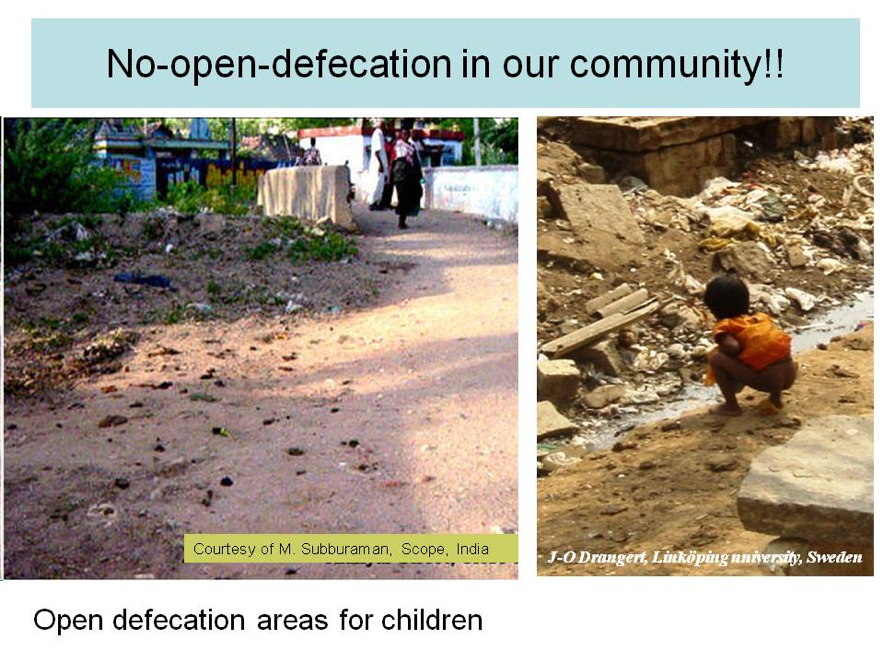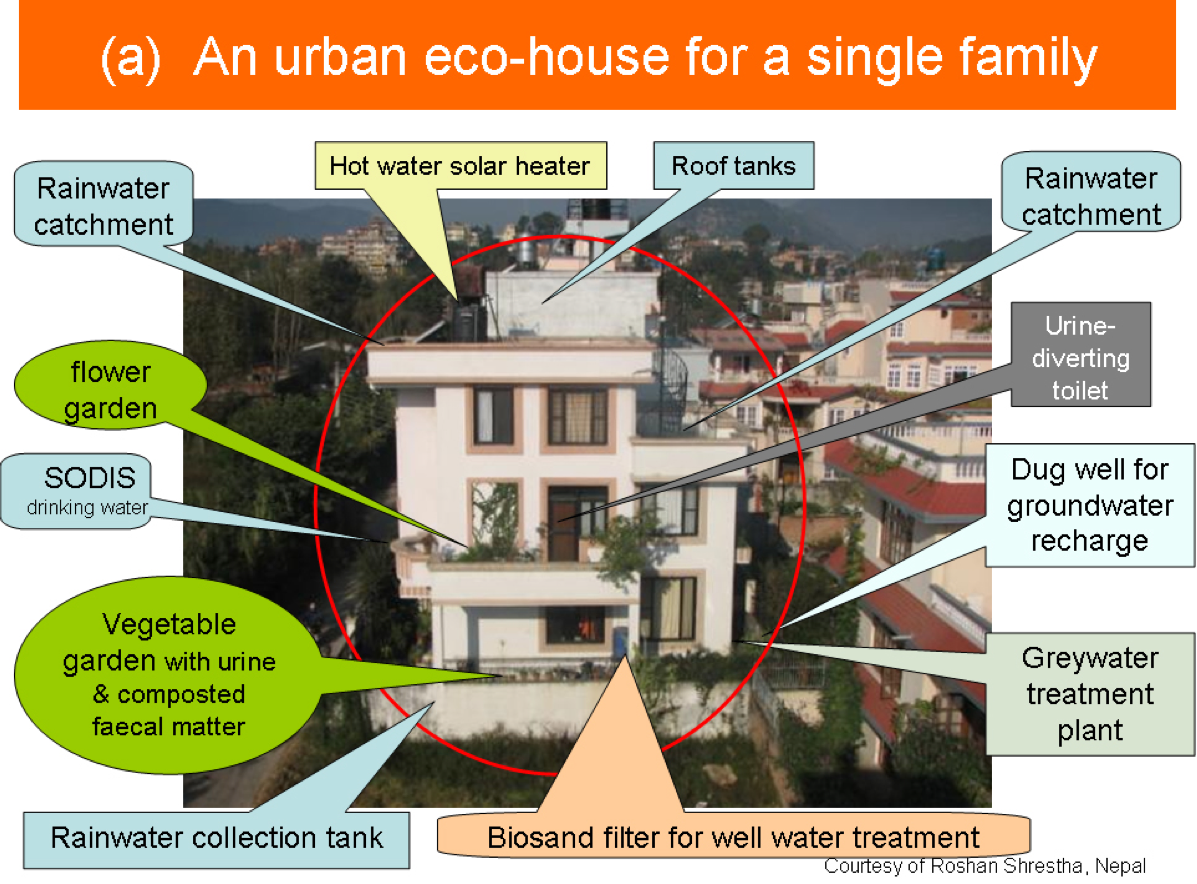Difference between revisions of "Sustainable sanitation training material"
From Akvopedia
| Line 22: | Line 22: | ||
{|border="1" cellpadding="5" | {|border="1" cellpadding="5" | ||
|- | |- | ||
| − | |[[Image:supervision slide.png|center| | + | |[[Image:supervision slide.png|center|420px|]] |
| − | |[[Image:securing slide.png|center| | + | |[[Image:securing slide.png|center|420px|]] |
|- | |- | ||
| − | |[[Image:no-open slide.png|center| | + | |[[Image:no-open slide.png|center|420px|]] |
| − | |[[Image:an urban slide.png|center| | + | |[[Image:an urban slide.png|center|420px|]] |
|} | |} | ||
| + | |||
| + | |||
| + | ==Downloads== | ||
| + | |||
| + | ==Acknowledgments== | ||
Revision as of 04:57, 28 December 2012
Sustainable Sanitation aims at protecting human and environmental health through safe use and reuse of available resources
This Sourcebook and set of animated PowerPoints provide the knowledge and skills required to achieve the five improvements below.
The positive main messages are:
- There is no water scarcity in cities, only poor management of the available water.
- Morbidity can be reduced through washing hands and safe handling of child faeces.
- Future toxic shocks can be avoided through harnessing our chemical society by source control of products.
- Food security can be achieved through recirculation of nutrients and changes in diets.
- Households and residents hold the key to improvements mainly through improved sanitation routines, and also through exercising the power as consumers and voters.
The material is multi-disciplinary and covers town planning, management, civil and environmental engineering, public health, urban agriculture, etc.
- You access information and useful references from the Sourcebook (600 pages)
- You can combine your own training material with the powerpoints you pick out of this set of 500 slides. Below are four examples:


